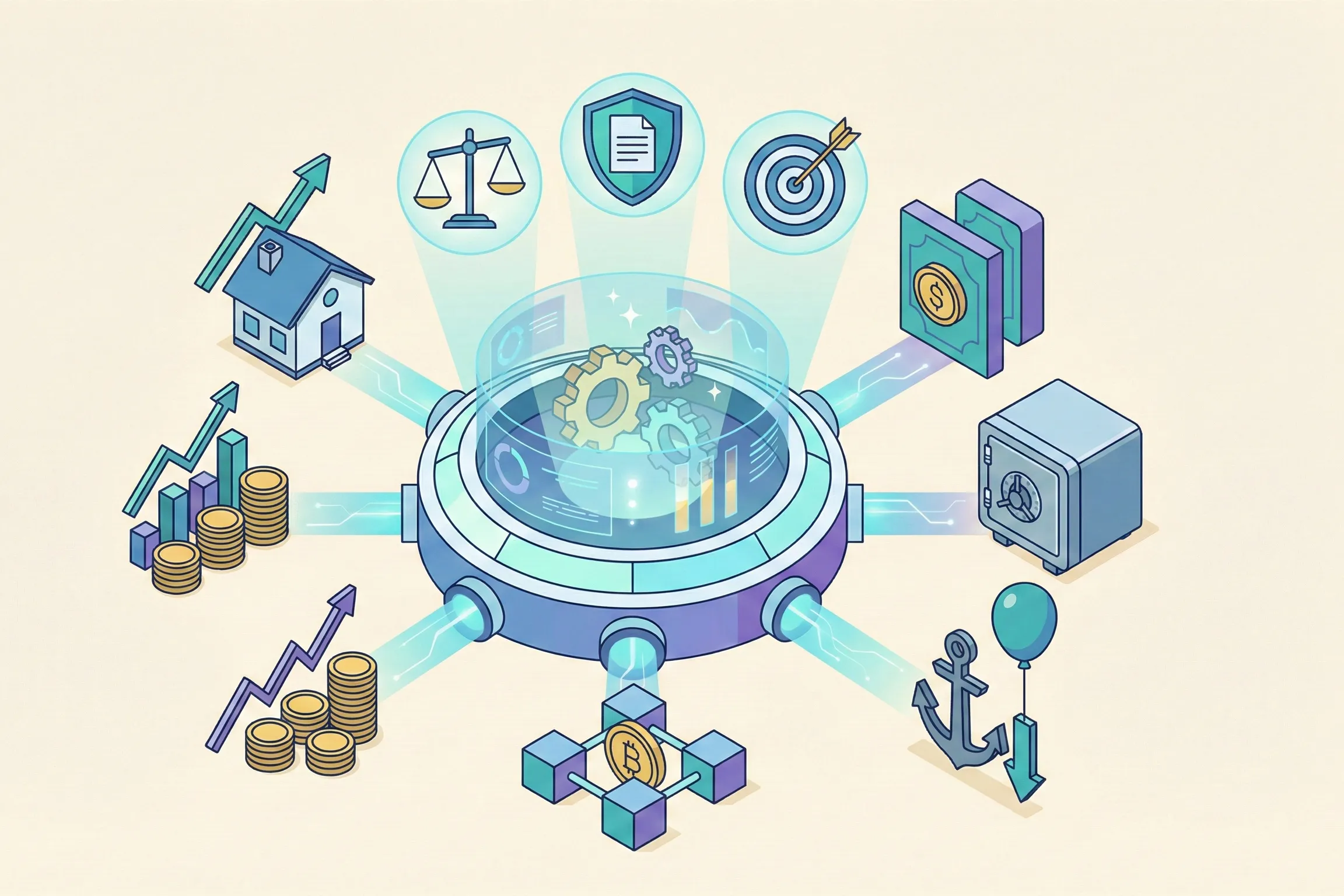How to Cut Your Loan Costs: Simple Strategies to Save

Taking out a loan is a significant financial decision, whether you're buying a car, paying for education, or purchasing a home. But did you know there are simple strategies that can help you save thousands over the life of your loan? By understanding how loans work and taking some proactive steps, you can cut down the total cost of your loan. In this guide, we’ll walk through practical strategies that can make a real difference in lightening your financial load.
Understanding the Basics of Loan Costs
Before diving into how to reduce your loan costs, it’s important to understand what makes up the total cost of a loan. The two biggest factors are interest and fees.
- Interest: This is what the lender charges you for borrowing the money, usually expressed as an annual percentage rate (APR).
- Fees: These may include origination fees, late payment fees, prepayment penalties, and other costs that can add up over time.
By minimizing these components, you can significantly cut down on what you end up paying. Now let’s explore how you can do that.
Strategies to Reduce Your Total Loan Costs
Here are several practical strategies you can use to save money:
1. Improve Your Credit Score Before Applying
One of the most effective ways to reduce your loan cost is to improve your credit score. The better your credit score, the lower the interest rate lenders are likely to offer you. A lower interest rate can save you thousands of dollars over the life of the loan.
Example: Imagine Alex wants to take out a $20,000 car loan. With a good credit score, Alex is offered an interest rate of 4%, while with a poor credit score, the rate is 9%. Over a five-year term, Alex would pay almost $2,800 more in interest with the higher rate. By spending a few months improving his credit score before applying, Alex could save a lot of money.
Tips to improve your credit score:
- Pay off existing credit card balances.
- Make sure all bills are paid on time.
- Avoid opening new lines of credit before applying for the loan.
By taking the time to boost your credit score, you set yourself up for long-term savings, making every payment more manageable.
2. Shop Around for the Best Loan Rates
Don’t settle for the first loan offer you receive. Different lenders offer different rates, and shopping around can help you find the best deal. Check with banks, credit unions, and online lenders to see who offers the lowest interest rate and fees.
Hypothetical Scenario: Sarah wants a personal loan and checks with three lenders. One offers a 7% interest rate, another offers 6%, and the third offers 5.5%. By choosing the third lender, Sarah doesn't just get a better rate—she puts hundreds of dollars back into her own pocket, money she can now use for other financial goals.
3. Make a Larger Down Payment
When purchasing a home or car, making a larger down payment can reduce the overall cost of the loan. A larger down payment means you’re borrowing less, which means less interest paid over time. Additionally, lenders may offer better interest rates if they see that you’re investing more upfront.
Example: If John is buying a car for $25,000, putting down $5,000 instead of $2,000 will reduce the amount he needs to borrow. This results in lower monthly payments and less interest over the loan term.
4. Choose a Shorter Loan Term
While longer-term loans might seem attractive because they come with smaller monthly payments, they typically cost more in interest over time. Opting for a shorter loan term means higher monthly payments, but it also means paying less in interest overall.
Scenario: Maria has a choice between a five-year car loan and a three-year car loan. The five-year loan has a lower monthly payment, but she’ll end up paying over $1,500 more in interest. By choosing the three-year loan, she saves on interest, even though her monthly payments are higher.
5. Refinance When Possible
If you already have a loan, you might be able to refinance it at a lower interest rate, especially if your credit score has improved or if market interest rates have dropped. Refinancing involves replacing your existing loan with a new one that has better terms.
Example: Two years ago, David took out a mortgage with a 5% interest rate. Since then, interest rates have dropped, and David's credit score has improved. He refinances his mortgage at a 3.5% rate, which significantly reduces his monthly payments and saves him thousands of dollars in interest.
6. Set Up Automatic Payments
Some lenders offer a small interest rate discount if you set up automatic payments from your bank account. This ensures you never miss a payment, helping you avoid late fees and potentially qualify for lower rates.
Tip: Check with your lender to see if they offer an interest rate reduction for setting up autopay—even a small reduction can add up to significant savings over time.
7. Pay More Than the Minimum Payment
Whenever possible, try to pay more than the minimum monthly payment. Paying extra each month reduces your principal balance faster, which decreases the amount of interest you pay over the life of the loan. Even a small extra payment can make a big difference.
Scenario: If Emma has a student loan with a minimum payment of $200 per month, but she pays $250 instead, she’ll pay off the loan sooner and save on interest costs. Over time, this can save her hundreds or even thousands of dollars.
Common Pitfalls to Avoid
When trying to reduce your loan costs, there are some common mistakes to avoid:
- Ignoring Fees: Some loans come with origination fees or prepayment penalties. Make sure you understand all associated fees before signing.
- Not Reading the Fine Print: Always read the loan agreement carefully. Some lenders may offer attractive rates but hide high fees or unfavorable terms in the fine print.
Take Charge of Your Loan Costs
Reducing your loan costs is all about making smart, proactive decisions. Whether it's improving your credit score, refinancing, or making extra payments, small steps can lead to big savings over time. By using these strategies, you'll not only cut down on interest and fees but also make your loan more manageable, helping you reach your financial goals faster.
How optimized is your portfolio?
PortfolioPilot is used by over 40,000 individuals in the US & Canada to analyze their portfolios of over $30 billion1. Discover your portfolio score now:






